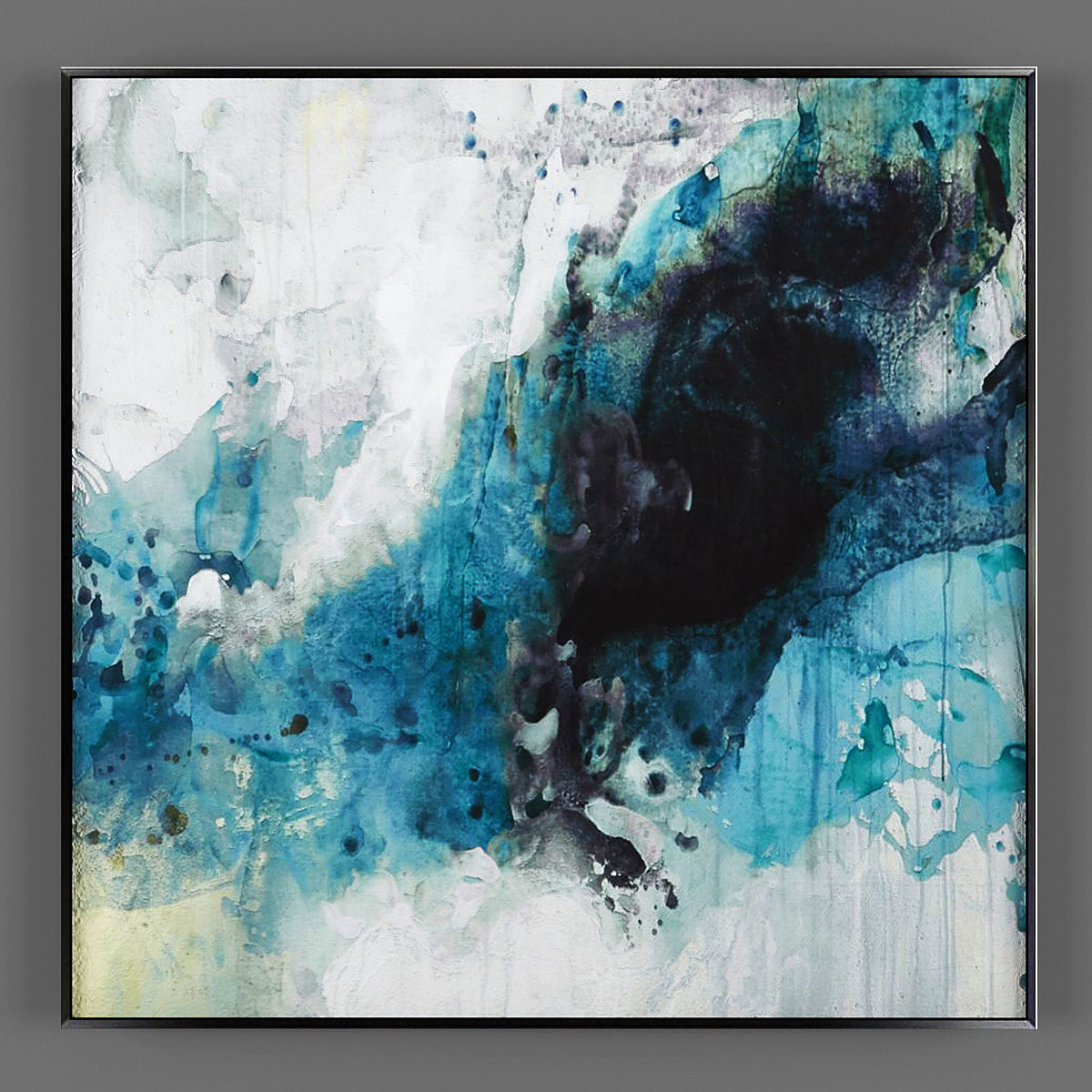
Art136 Low-poly 3D model
cgtrader
Users rely heavily on 3D modeling software to create realistic environments and objects. In addition to these tools, they also require high-quality texture files that accurately reflect the materials and surfaces of their models. This is where FBX and textures come into play. FBX stands for Filmbox, a file format developed by Kaydara in the late 1990s that has since been acquired by Autodesk. The main purpose of this format is to allow users to import and export 3D models from various software applications, including 3ds Max, Maya, and others. By using FBX files, users can create a seamless workflow between different design tools and software packages. Textures are essential components in the creation of photorealistic images and animations. They add depth, detail, and realism to a model's surface by simulating various materials such as wood, metal, fabric, or even water. Textures can be created using specialized software like Adobe Photoshop, where users can manipulate colors, patterns, and lighting effects to achieve the desired look. In 3ds Max, textures are used extensively in modeling, rendering, and animation tasks. Users can assign different textures to various objects within their scene, allowing them to customize the appearance of each element accurately. This level of control enables creators to produce high-quality visual effects that capture the essence of real-world environments or characters. When importing FBX files into 3ds Max, users can also bring over associated texture maps, which are crucial for achieving accurate surface reflections and shading. By combining the power of 3D modeling with high-fidelity textures, artists and designers can push the boundaries of visual storytelling and create immersive experiences that captivate audiences worldwide. Overall, the synergy between FBX files and textures is a powerful combination in modern computer-aided design (CAD) software like 3ds Max. By leveraging this integration, users can unlock new creative possibilities and produce breathtaking results that showcase their artistic vision and technical expertise.
With this file you will be able to print Art136 Low-poly 3D model with your 3D printer. Click on the button and save the file on your computer to work, edit or customize your design. You can also find more 3D designs for printers on Art136 Low-poly 3D model.
